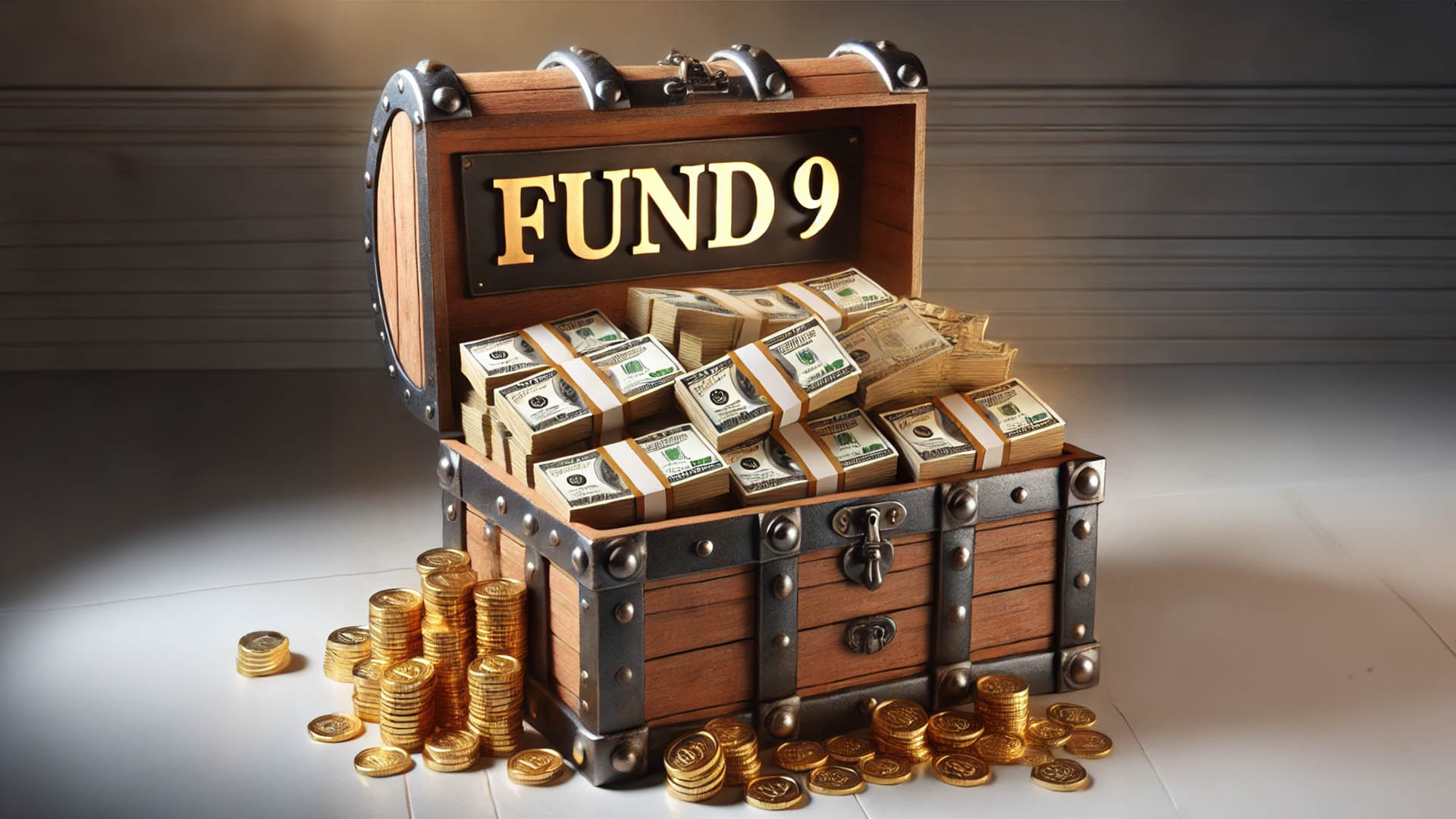Now, despite the relief heard around the world at the January trade figures from China yesterday, which were better than forecast, there are a couple of factors which need to be considered.
The most important is the timing of the Lunar New Year holiday which does heavily influence the level of activity, trade and other activities in the Chinese economy from December through to March.
It’s all about when the holiday falls – it started right at the end of January and ran through into the first week of this month and lasted a week, as usual. A year ago it was in the second week of February – about now.
In 2013 it helped make January a solid month for trade, and February, a much slower month – economists often look at a combination of both to see how the economy has started the year.
Certainly the Chinese only issue trade and inflation figures for January, and issue combined key data for production, investment and retail sales for January and February in March.
A year ago, the trade figures for January were very strong – and yesterday the trade figures for January 2014 were much better than expected.
The news helped the Aussie dollar add close to half a cent in Asian trading yesterday to end well above 90.50 USc.
January exports jumped 10.6% from January 2013, which was bigger than December’s 4.3% rise and well ahead of the 0.1% rise forecast by the market.
Seeing exports in January 2013 were up 25% – close to the strongest for the year and close to double the 14.1% rise in December 2012 – the performance last month was pretty solid.
Imports in January 2013 surged nearly 20% (up from the 6% in December 2012). Last month imports were up 10% from the 8.6% gain in December, and two and a half times as fast as market forecasts for a 4% rise.
Exports totalled a record $US207.13 billion, while imports were a record $US175.27 billion.
The trade surplus was $US31.86 billion, up on the $US25.64 billion in December, above market forecasts for a figure of around $UUS23.3 billion, and even higher than the $US29.2 billion in January 2013 and the $US31.6 billion in December 2012.
So all in all the January 2014 trade performance was better than expected and sharply above the performance in what was a very strong start to 2013.
But remember the Lunar New Year works on both imports and exports via what’s roughly called – the bring-forward factor.
The long holiday period always distorts trade, inflation and other data for China for January and February, and sometimes for December and March, depending on the timing.
Imports are bought before the holiday in greater than normal quantities and stockpiled, and exports are moved earlier than normal to ports to beat the week-long shutdown or slow trading period.
And we saw that last month with record imports of iron ore, copper and oil (see report below).
Some analysts reckon the export figure was boosted by over-invoicing or round robin exports and imports between Hong Hong and the mainland.
That’s something to keep in mind when assessing the health of the Chinese economy and the market reaction to the data – OK, but there’s the seasonal impact because of the timing of the Lunar New Year festivities each year. They were good, but questions remain as to how good.
Interestingly though for Australia, with the spot iron ore price falling 9% in January, Chinese buyers lifted their iron ore imports 18% to an all time high of more than 84 million tonnes, which was also a third higher than in January a year ago.
The 86.84 million tonnes defied forecasts of falling demand from the steel mills. It seems the mills used the price fall to stockpile more ore. January’s total was also 11.6% above the previous high set in November.
Spot iron ore prices are now around a six month low at just over $US120 a tonne. Imports will fall in February because of the impact of the six day Lunar New Year break.
Some analysts wonder if the steel mills are financing themselves via using their steel stocks and iron ore inventories to raise money from so-called shadow banks while the current tight credit conditions continue.
But the best guess is that it is stockpiling to take advantage of the lower prices. Similar records highs for imports were set for copper and crude oil, both which dipped in price last month. The timing of the Lunar New Year probably provided a trigger for the buying.
Figures for iron ore shipments from Port Headland. the world’a major export port for the mineral, showed a fall of 3.5% in January, helped by the impact early in the month of a cyclone in late December. Exports to China for the month were 23.31 million tonnes, down from 24.16 million tonnes in December.













